The Soil and The Microbe
Synopsis
The soil is not a mass dead debris, resulting simply from the physical and chemical weathering of rocks and of plant and animal remains through atmosphere agencies, but it is teeming wife life. Every small particle of soil contains numerous types of living organisms belonging both to the plant and animal kingdoms, yet so small that they cannot be recognized with naked eye. These organisms are. Therefore, called microbes. These microbes comprise numerous types of bacteria, fungi, algae, protozoa, nematodes and other invertebrates which vary considerably in their structure, size, mode of living and relationship to soil processes. In the cycles of transformation of elements in nature, the microbes play an important, if not a leading, role. Were it not for them, the soil would soon become covered with a considerable mass of undecomposed pliant and animal residues; life would soon cease. Since the very limited supply of carbon and available nitrogen, the most essential elements in the growth of living organisms, would become exhausted. It should be recalled that carbon dioxide, the source of carbon for the growth of plants, which in their turn supply the food for animal, is present in the atmosphere only in a concentration of 0.03 per cent. This is equivalent to 5.84 tons of carbon over each arce of land. A good yield of sugar-cane will consume about 20 tons of carbon in a single growing season; of course most of the surface of the earth supports less vegetation than this, and diffusion tends to create a uniform distribution of gases. It has actually been calculated that the plant world consumes 64.8 millions of tons of carbon annually, which amounts to 1/35 of the total carbon content of the atmosphere. The atmosphere supply of carbon dioxide is, however, constantly replenished from the decomposition products of the organic substances in the soil; only as a result of this does plant growth not cease entirely through a deficiency of an available supply of carbon. In the absence of microbes the available nitrogen would also become very rapidly exhausted, as can be appreciated from the fact that this forms available to plant growth, as ammonia or nitrate, in amounts of more than a few pounds per acre. It is made available to plants only through the constant activity of the microbes. The microorganisms, through their various activities, thus enable organic life to continue uninterruptedly on our planet. They keep in constant circulation the elements which are most essential for plant and animal life. They break down the complex organic molecules. Built up by plants and animals, into the simple mineralized constituents, making the moments again available for the growth of cultivated and uncultivated plants which in their turn supply further food for animals. Just as man and other animals, as well as higher plants, find their habitat on the surface of the soil or immediately below it, so do the microbes live largely within the upper few inches of the earth’s crust, where they carry out their important activities, supplying a continuous stream of nutrients in an available form for the stream of nutrients in an available form for the growth of higher plants. This surface pellicle of the earth is thus found to be the seat of numerous processes of incalculable importance in the life of man, animals, and plants, enabling them to carry out their normal existence on our planet. Just as man and animals are determined in their development by the supply of plant food, so is the growth of plants determined by the activities of microorganisms in the soil. The microbes were probably among the first living organisms which appeared on our planet millions of years ago. Although their presence in ancient rocks is largely speculative, it is reasonable to assume, from an appreciation of their specific physiological processes, that they may have lived normally on the earth long before it was a fit habitat for higher plants and animals. Our knowledge of the soil microbes and their role in soil processes and plant growth has developed in the last fifty ears. However & large body of information has since accumulated which enables us to construct a clear picture not only the microscopic population of the soil, of its numerous physiological reactions, but also of the relation of these process to the origin and formation f soil, to the cycle of elements in nature and to plant nutrition.
Read more
29.70
26.73
$
33.00 $
Free delivery Wolrdwidе in 10-18 days
Ships in 2-4 days from New Delhi
Membership for 1 Year $35.00
Get it now and save 10%
Get it now and save 10%
BECOME A MEMBER

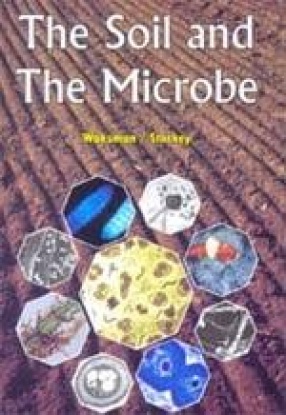
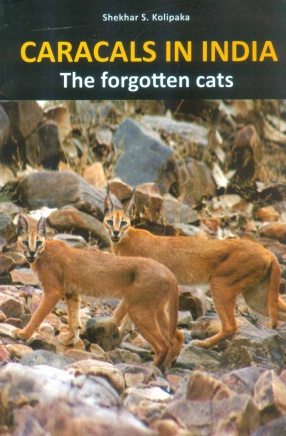
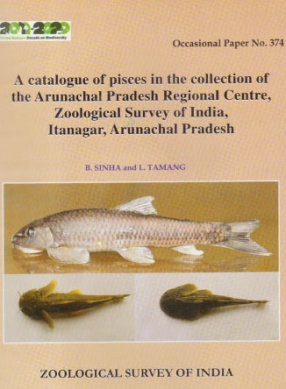
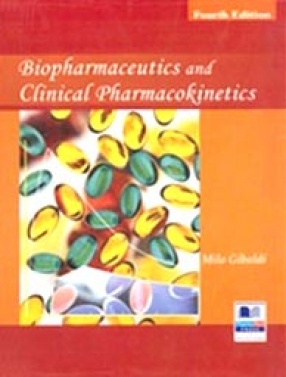
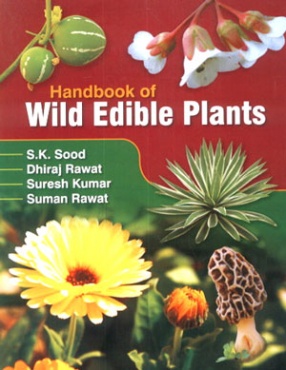

Bibliographic information
Robert L. Starkey